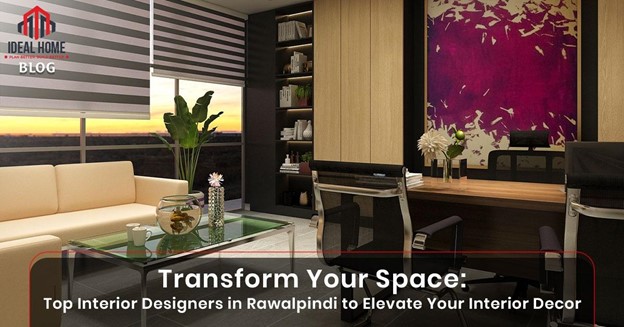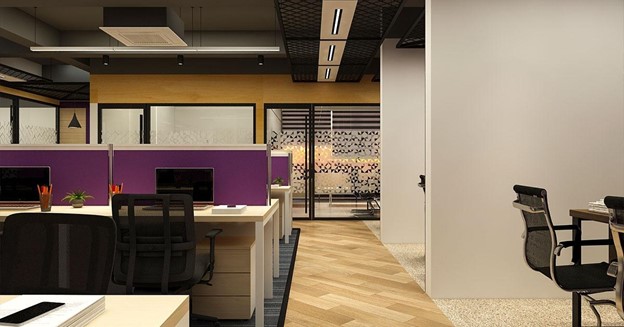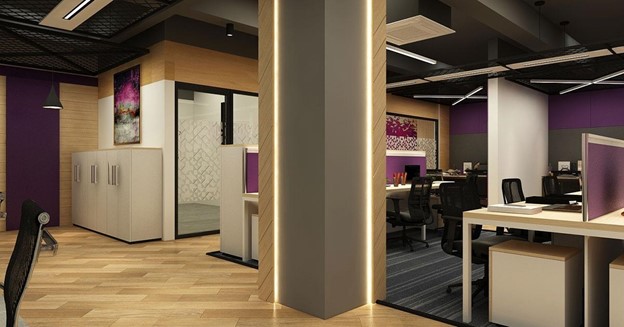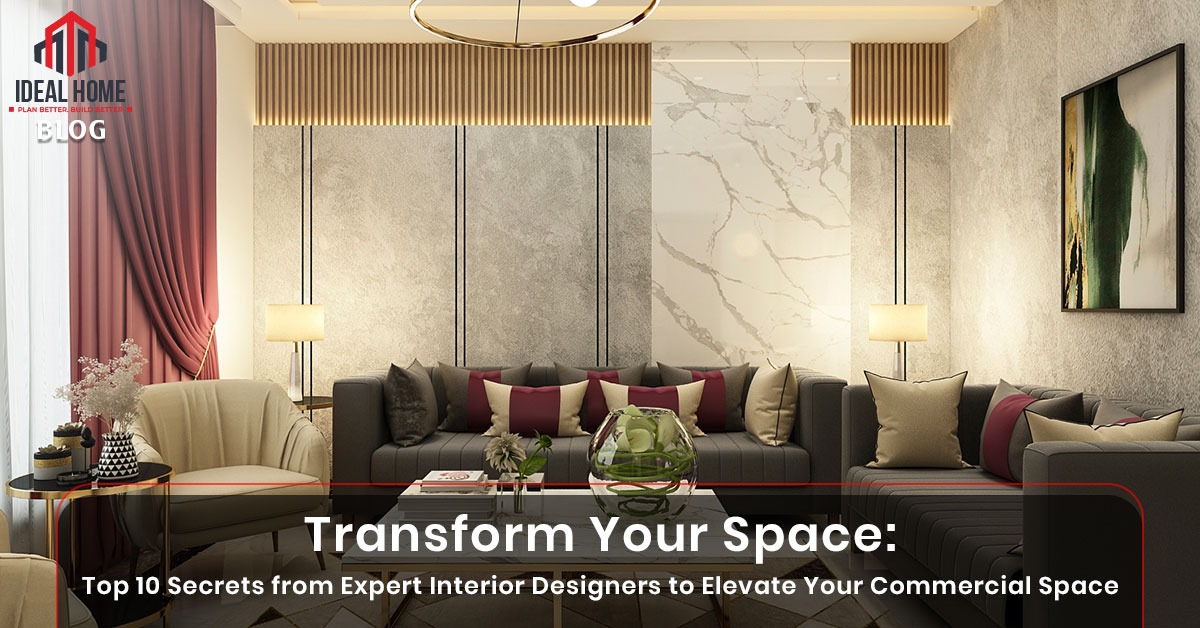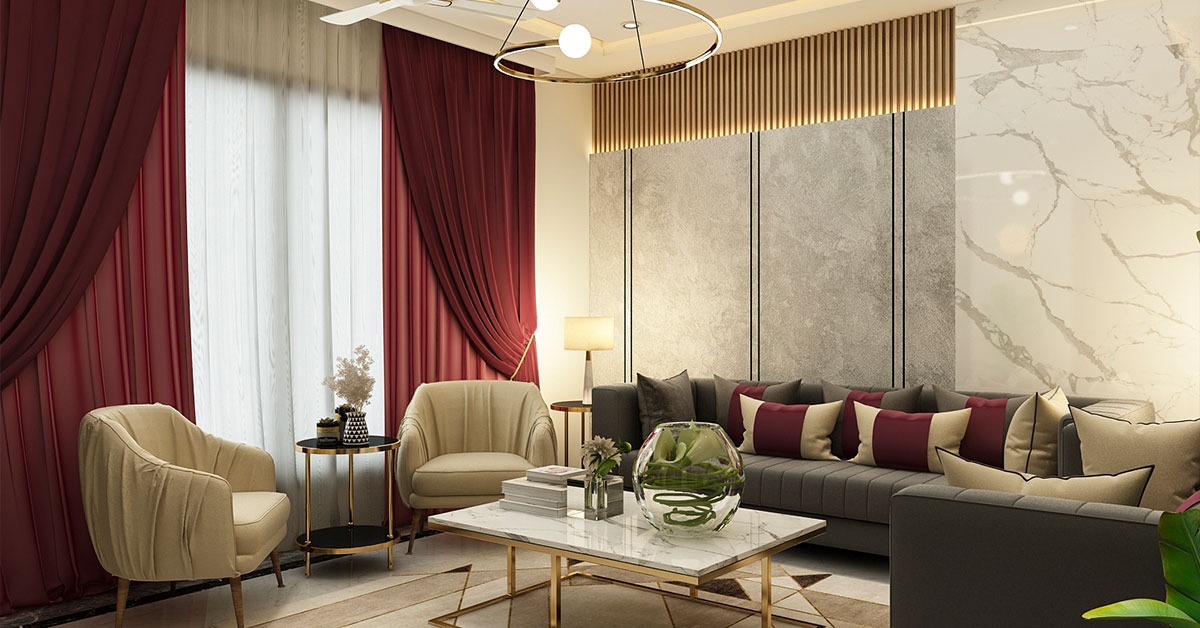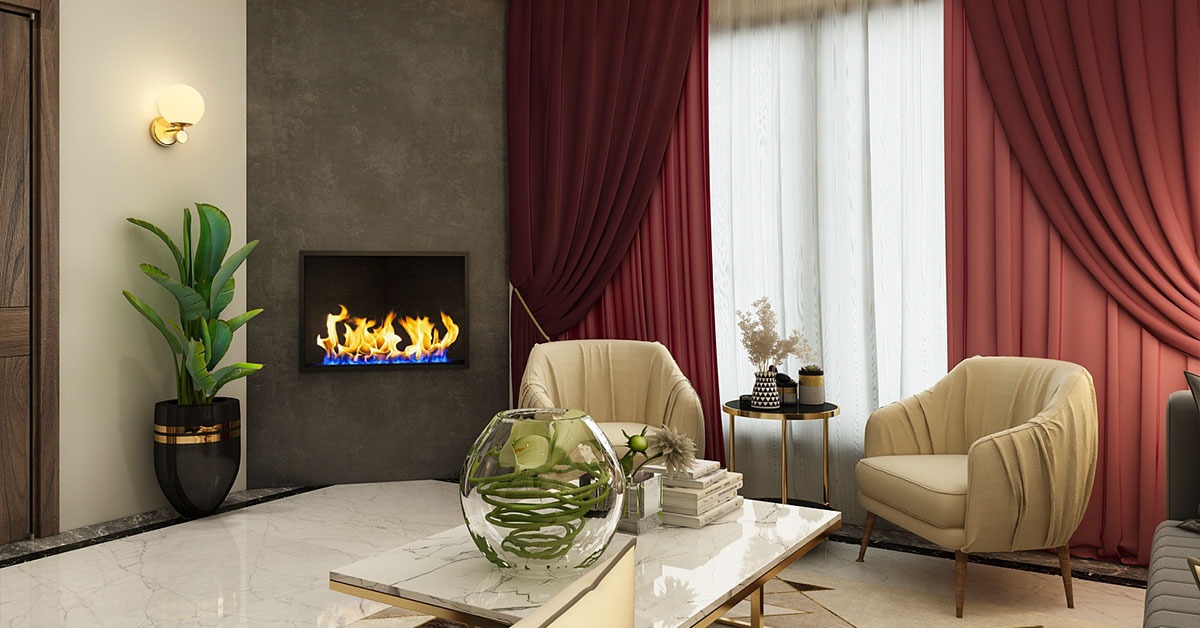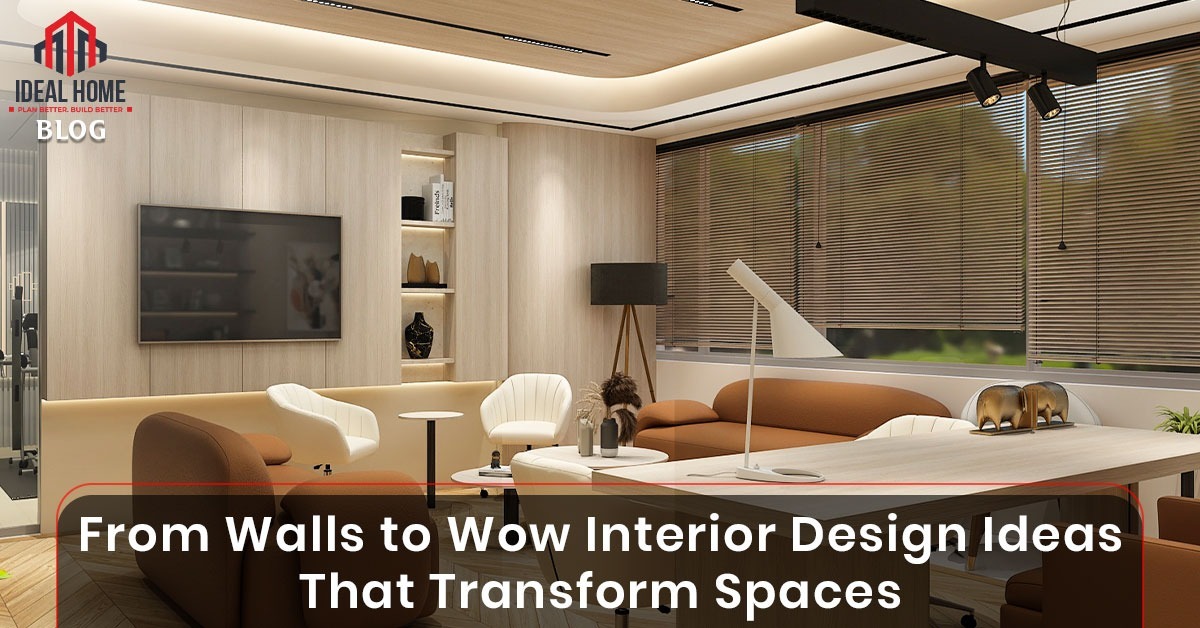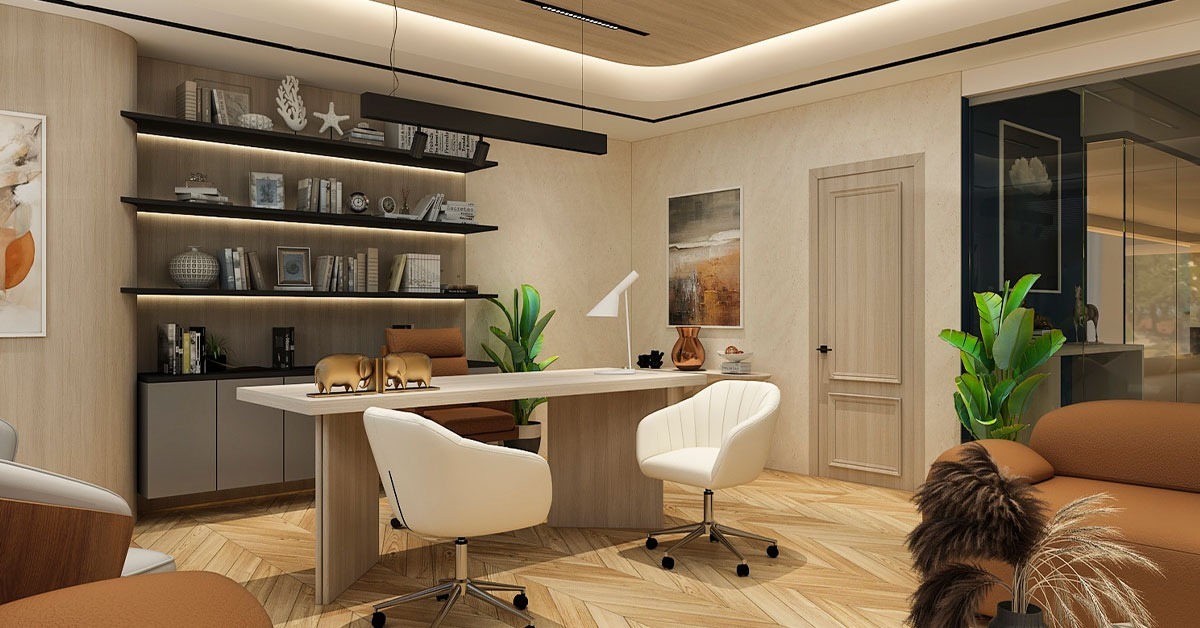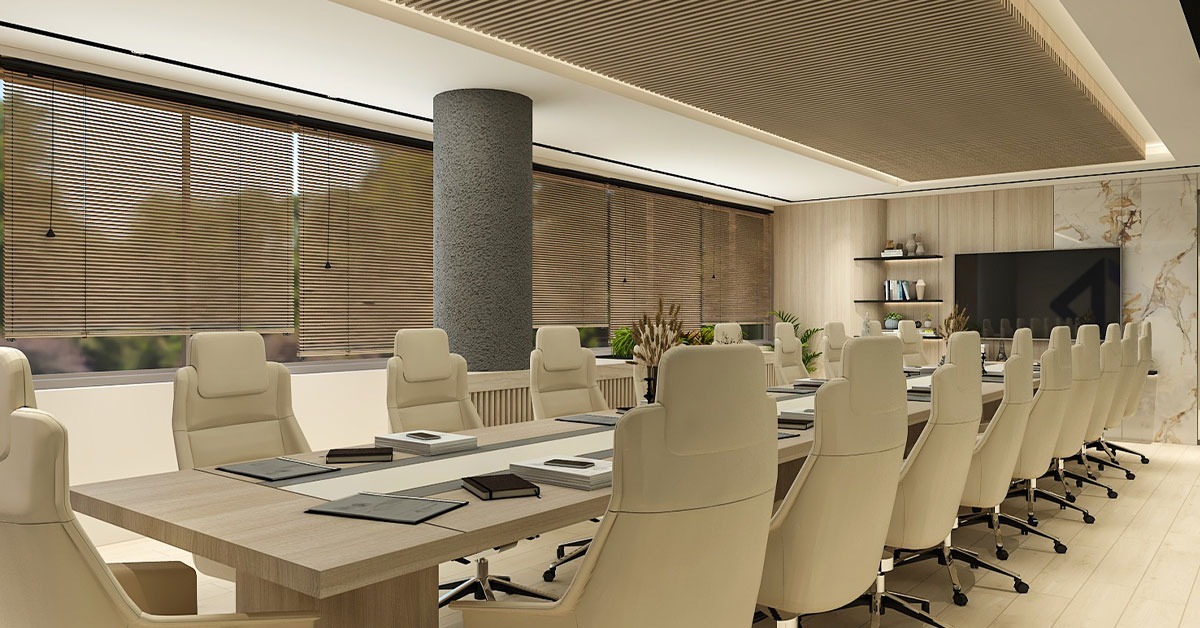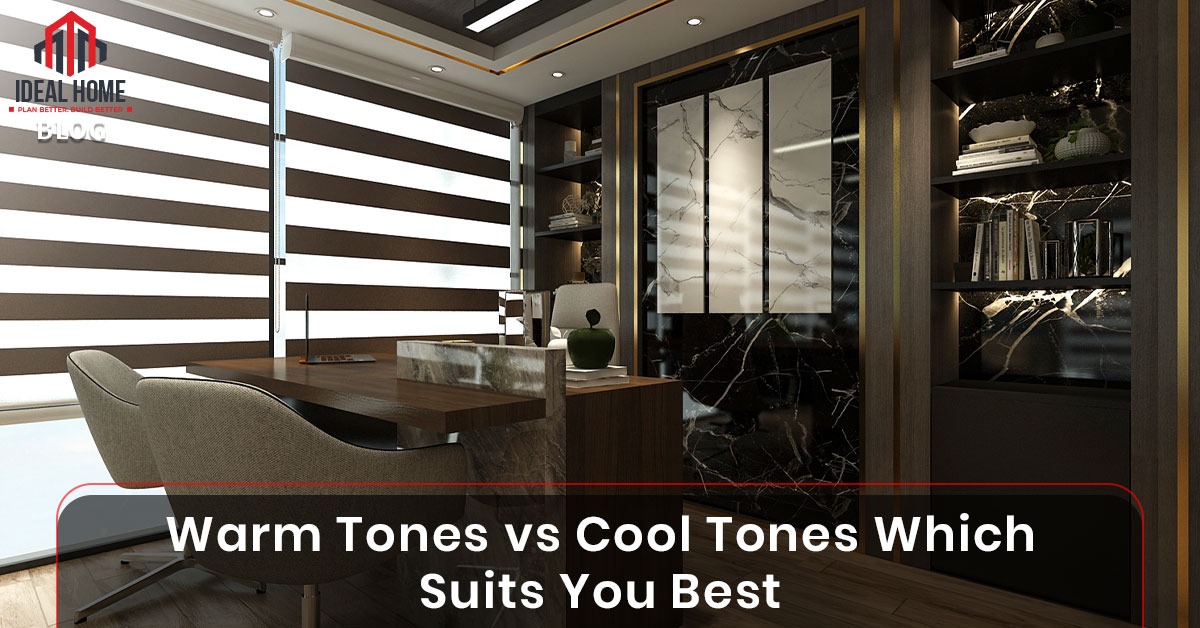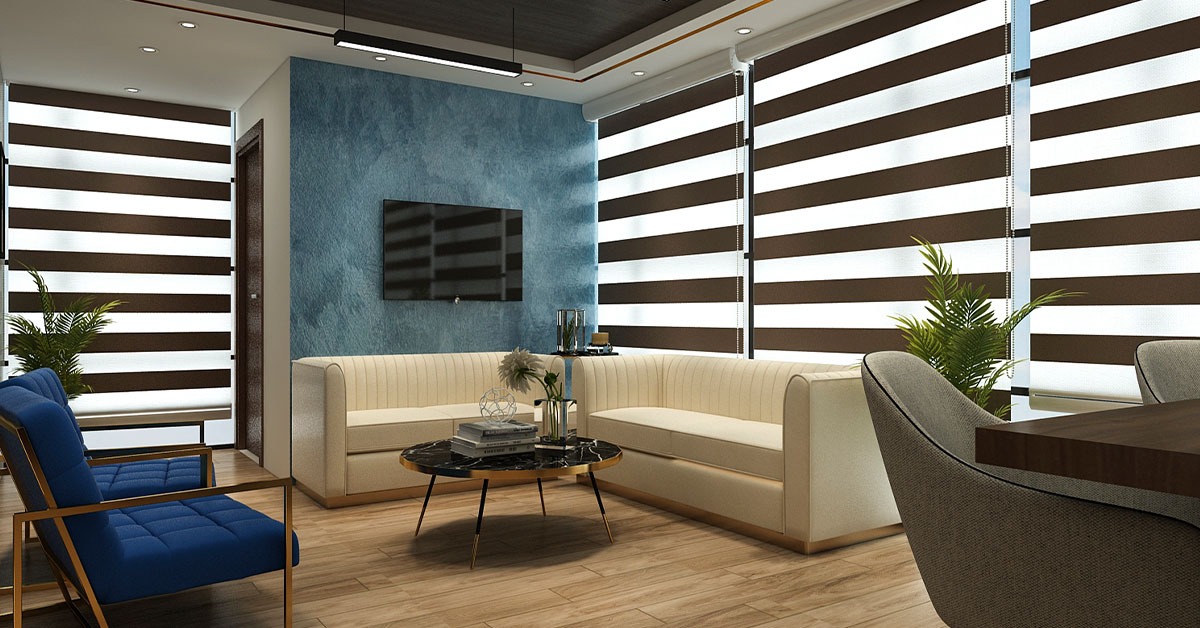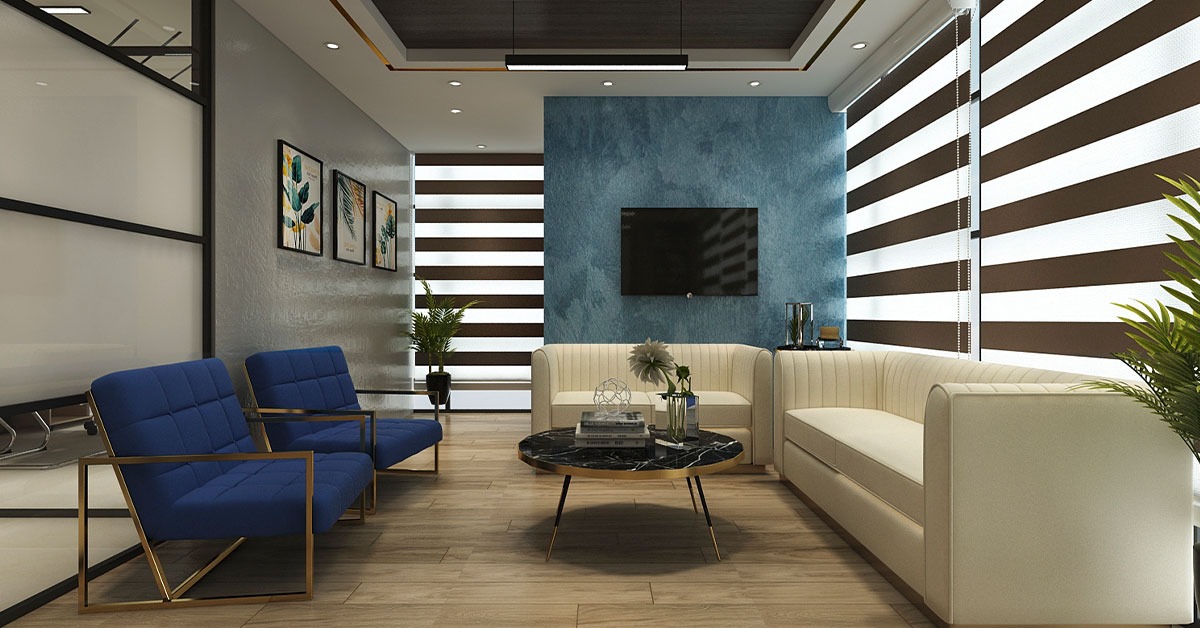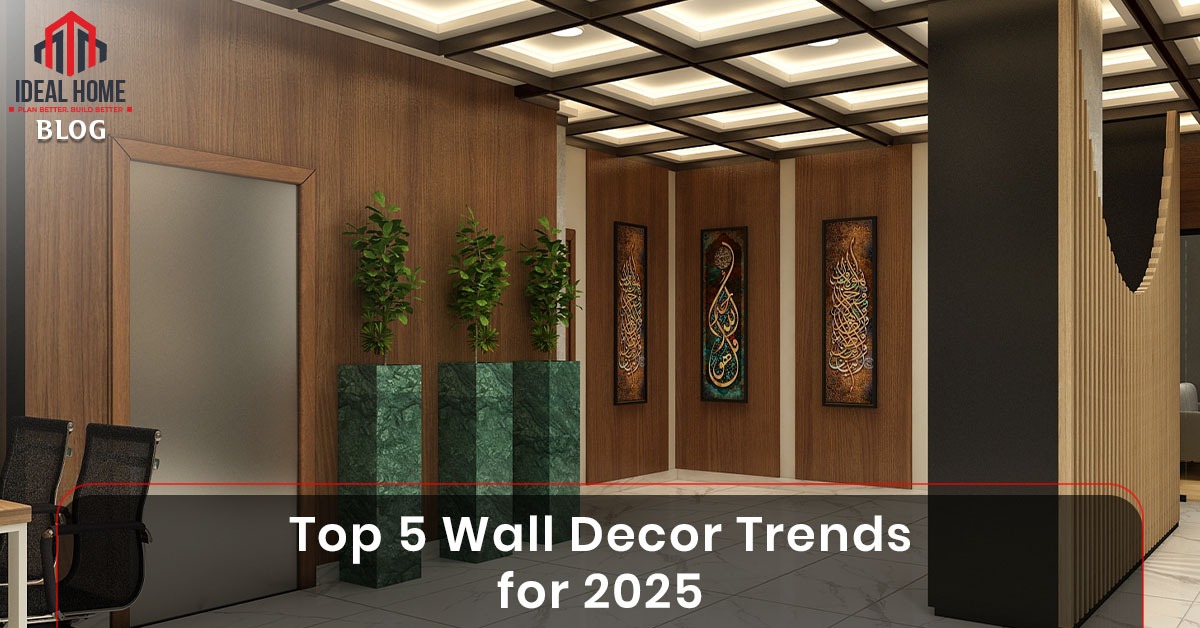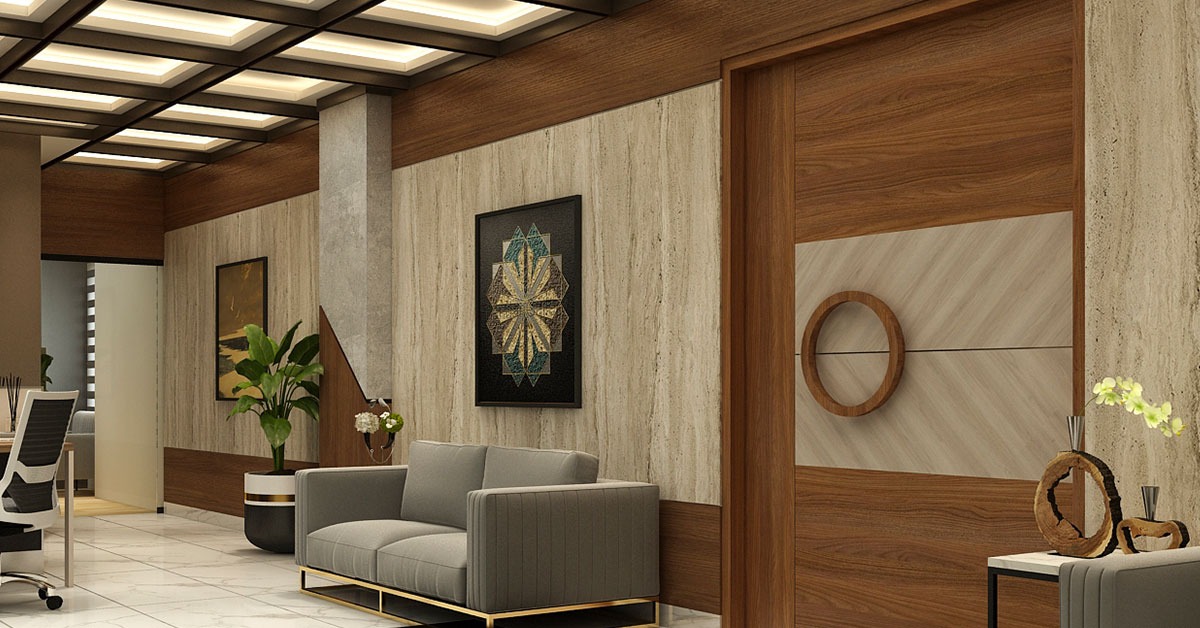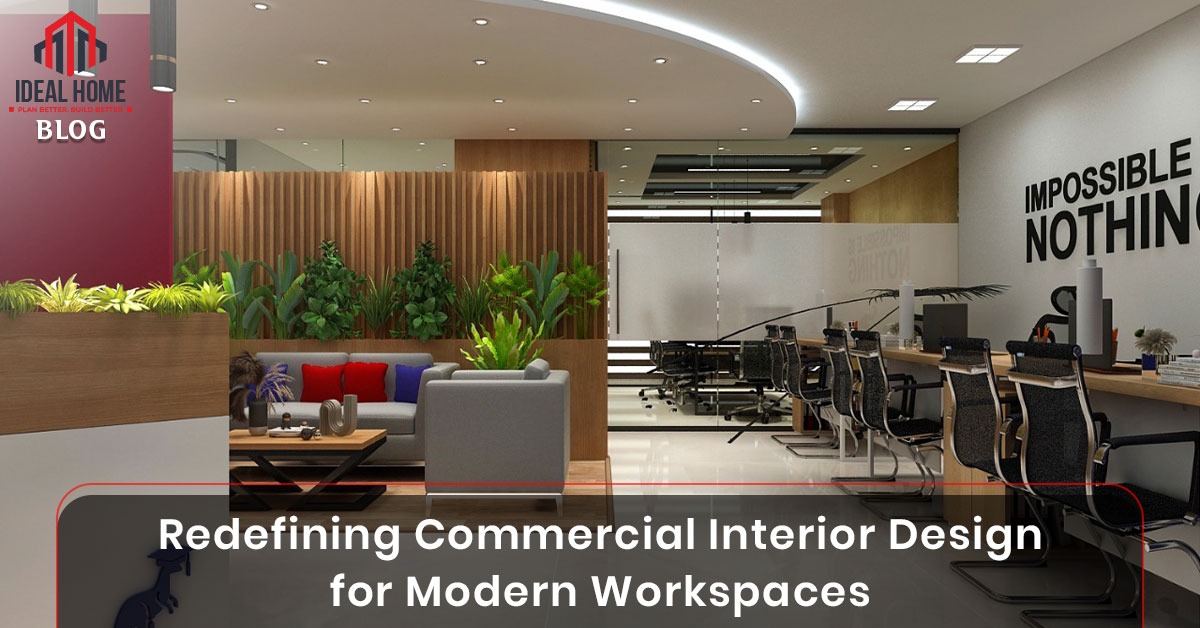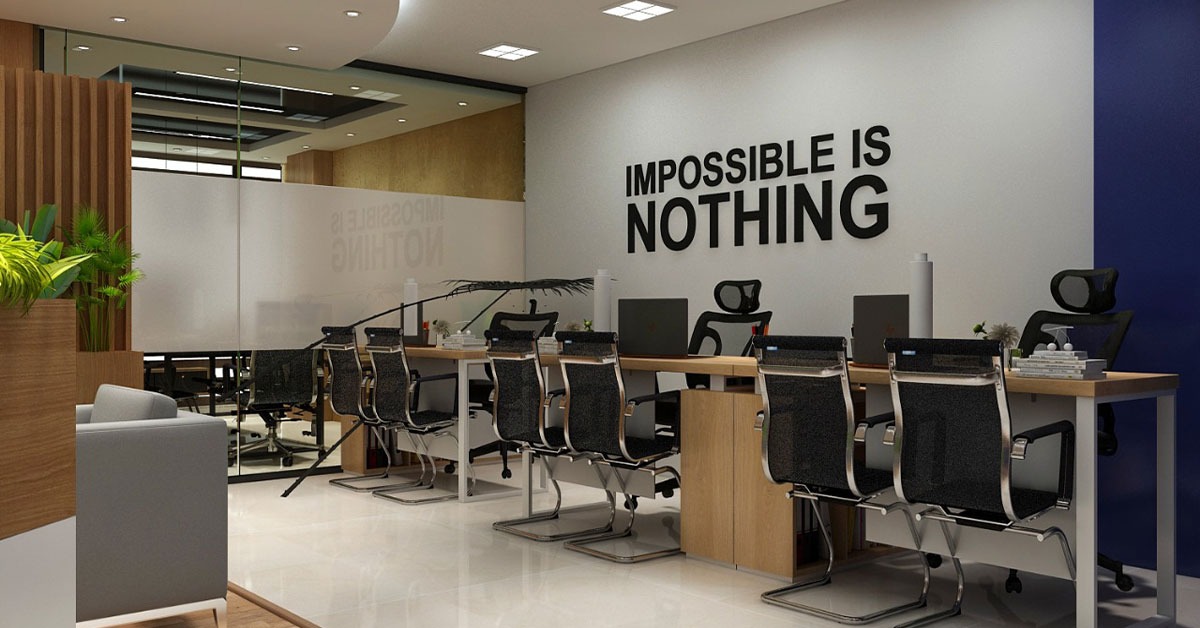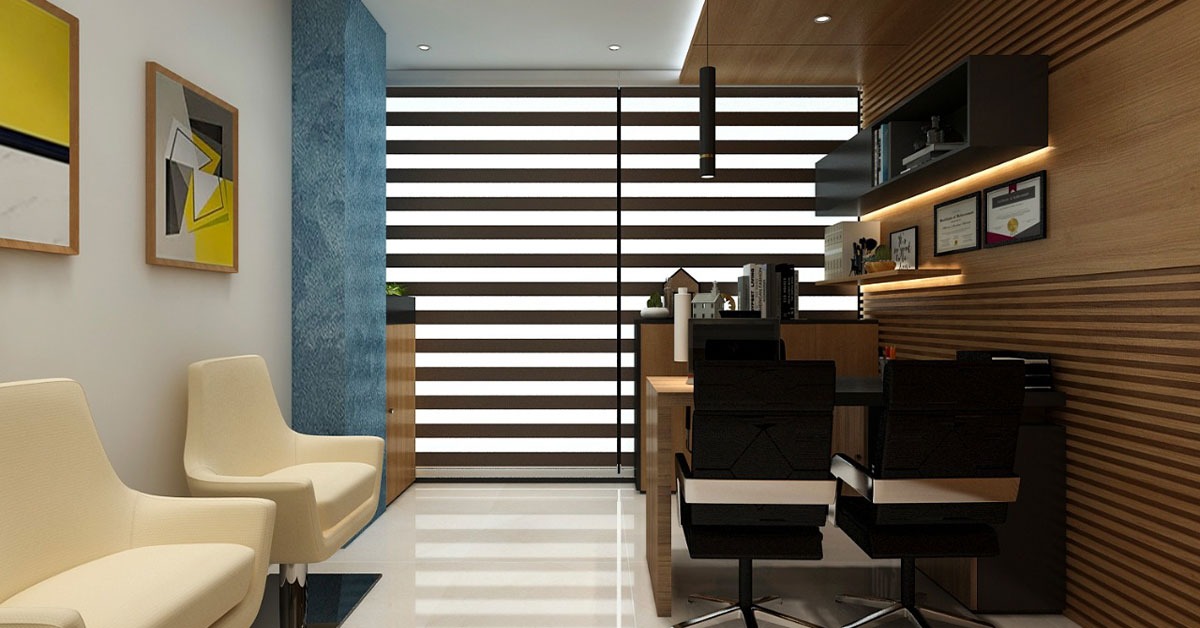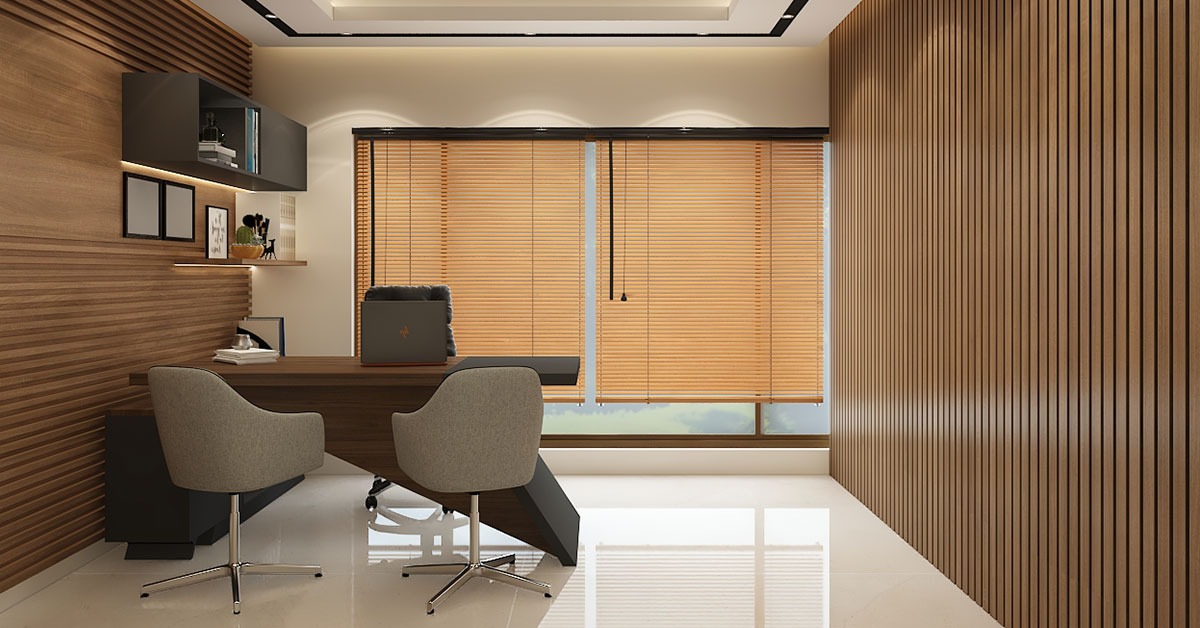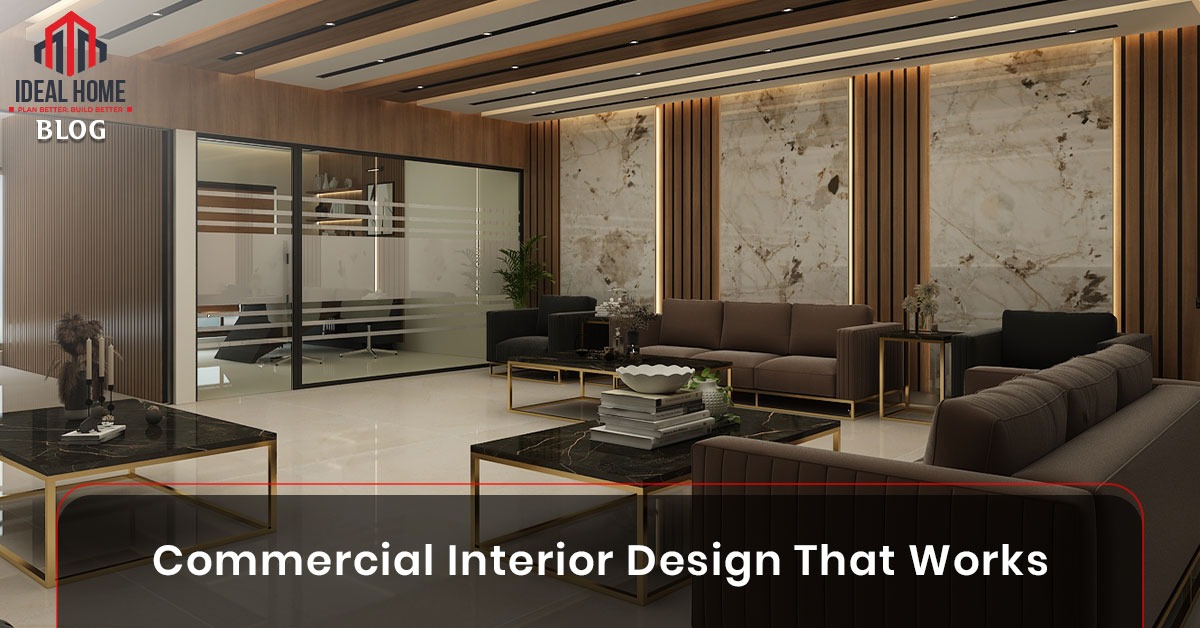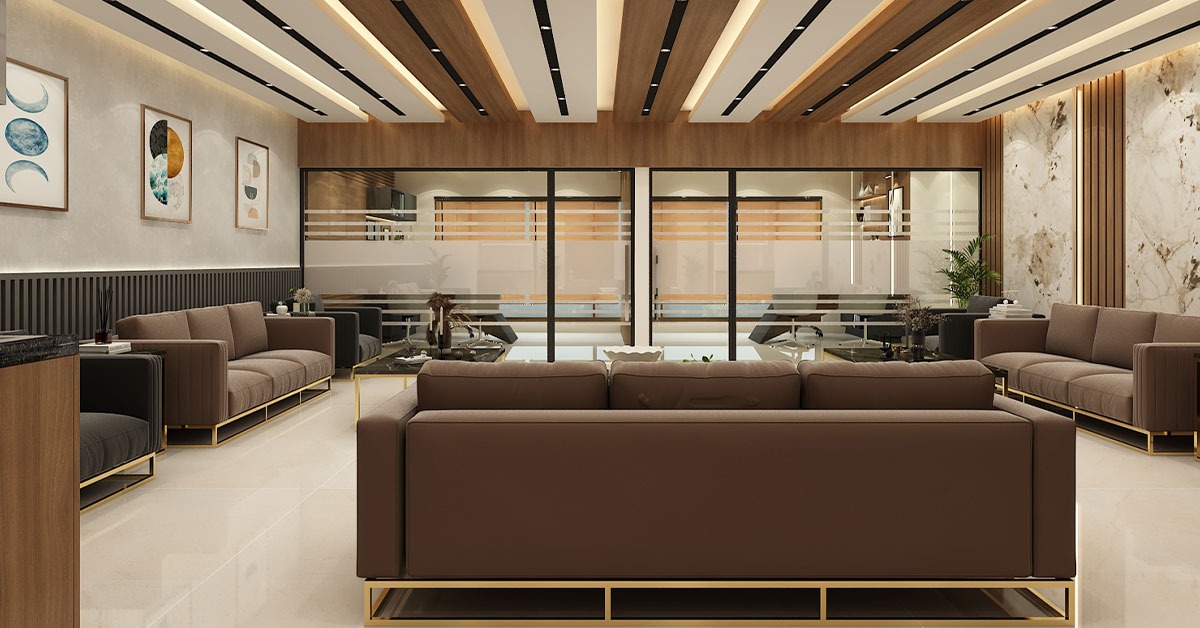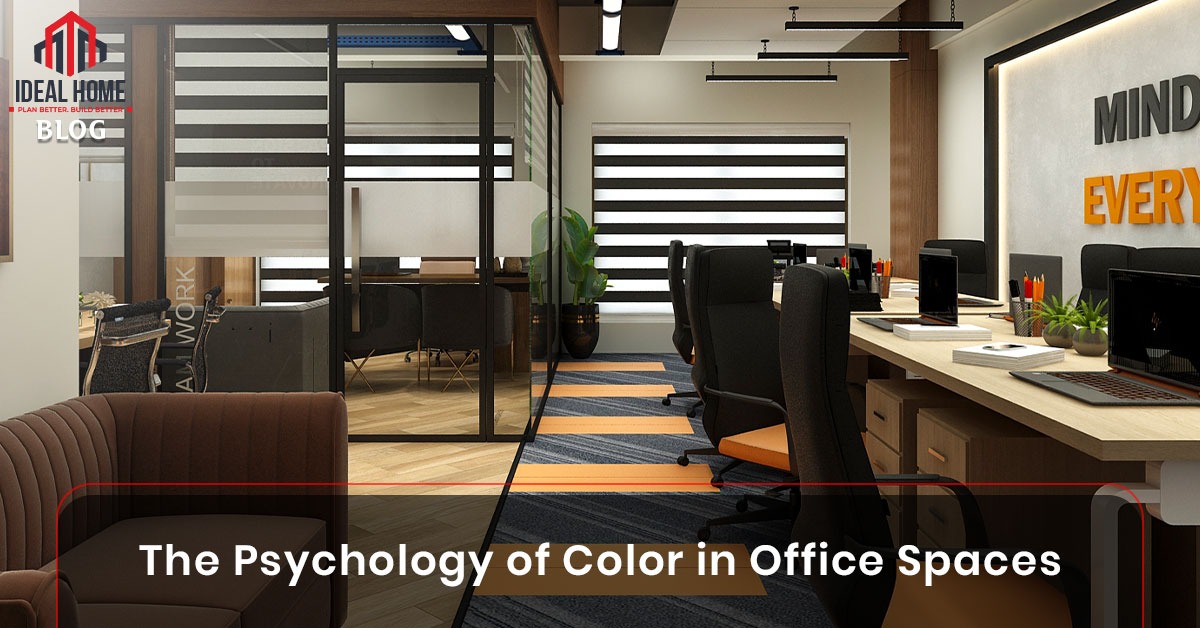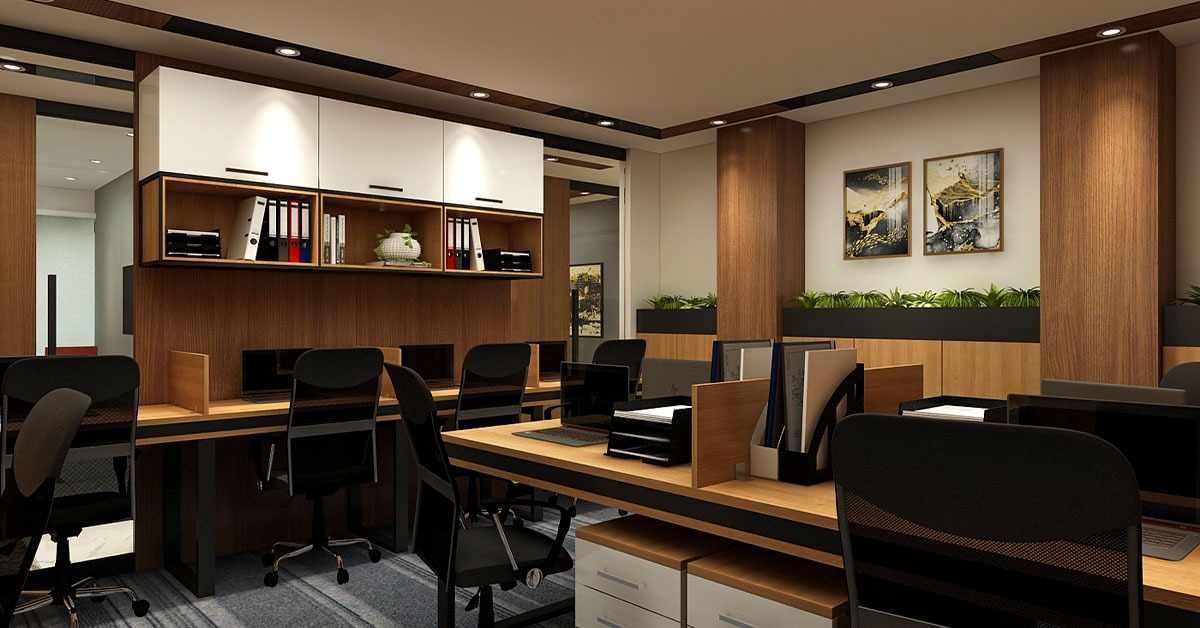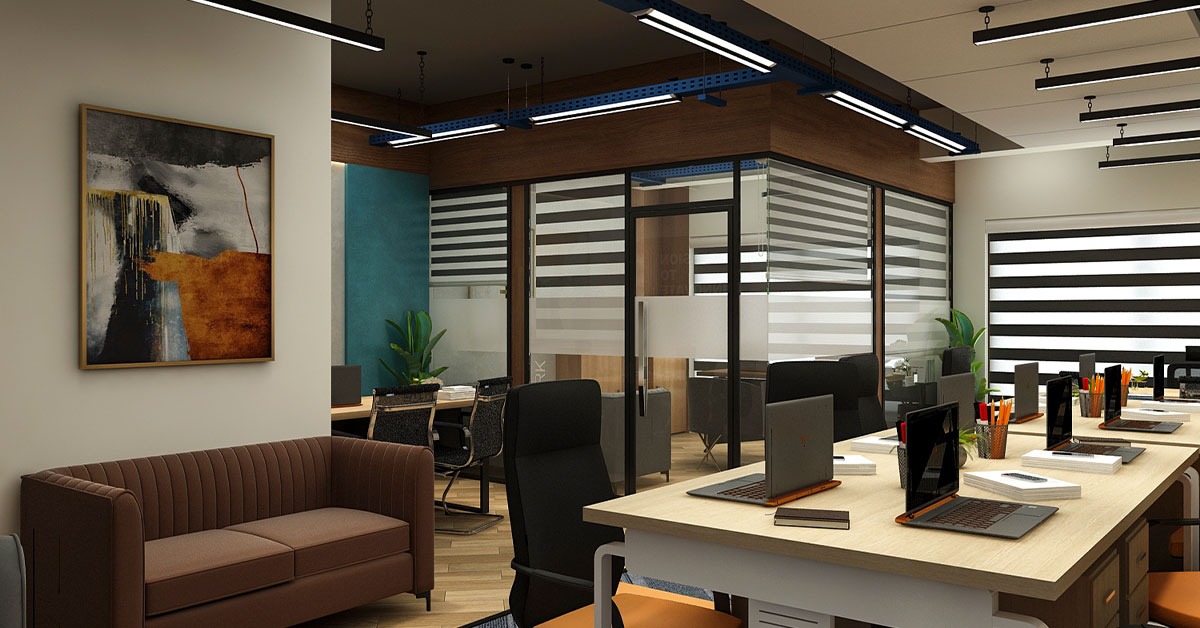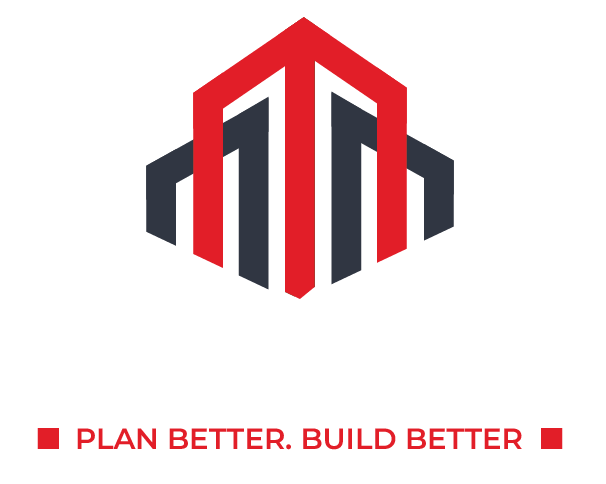
Interior Design Secrets: Top 10 Ways to Transform Your Commercial Space
In today’s competitive business world, your commercial space is more than just a workplace, it’s a reflection of your brand’s values, identity, and ambitions. The right interior design can enhance productivity, create a memorable impression for clients, and set the tone for long-term success. If your office, café, or retail store feels outdated or uninspiring, it might be time for a transformation. In this blog, we’re revealing the top 10 ways to reimagine your space using proven interior design strategies. These ideas will help you balance style with functionality while keeping your brand front and center. Whether you want a modern refresh or a complete overhaul, the following tips will guide you toward a workspace that feels both professional and inviting. You can explore more design inspirations in the Ideal Home commercial interiors portfolio.
The Importance of Interior Design in Commercial Spaces

A well-designed commercial space is a powerful business tool. It’s not just about looking good—it’s about creating an environment that enhances productivity, communicates brand values, and makes clients feel confident about working with you. Research consistently shows that strategic interior design choices, from layout to color schemes, directly influence how people behave and feel inside a space. If your design creates comfort and clarity, employees are more productive, and customers are more likely to return. For example, an ergonomic office layout with functional lighting can dramatically improve focus and reduce stress. At Ideal Home, we believe every element should contribute to the overall purpose of your space.
Understanding Your Brand Identity

Your commercial space should be a physical representation of your brand’s mission, values, and personality. It’s not just about adding a logo to the wall—it’s about designing every corner to reflect what you stand for. For instance, if you run a law firm, your space should communicate trust, professionalism, and authority. If you own a creative agency, the vibe should be innovative, dynamic, and bold. Choosing the right materials, furniture, and art can help convey these qualities. Even subtle details, like texture and lighting, play a role in storytelling. By collaborating with experts like Aenzay Interior Designers in Islamabad, you can ensure your workspace truly matches your brand’s identity.
Creating a Functional Layout
Functionality is the backbone of commercial interior design. Your layout should prioritize efficiency while still feeling welcoming. Think about how people move through space, are there bottlenecks? Are important areas easy to access? In an office, zones for collaboration, private work, and relaxation should be clearly defined. In a retail store, the layout should encourage exploration while guiding customers toward high-value products. Modular layouts are especially useful, as they can adapt to future changes without major renovations. If you’re unsure where to start, Ideal Home’s design process ensures that every square foot works as hard as you do.
Choosing the Right Color Palette
Colors have a powerful psychological effect. Blues inspire trust, greens promote calmness, and warm tones energize a space. When choosing your palette, think about the emotions you want to evoke in both employees and visitors. For example, a financial services office might lean toward neutral and cool colors for professionalism, while a café might embrace warmer tones to encourage lingering and conversation. Whatever you choose, keep it consistent across your branding and décor. This harmony creates a polished, professional feel. The Interiano Interior Design team often integrates brand colors subtly into walls, furnishings, and artwork for maximum impact.
Incorporating Lighting for Ambiance
Lighting sets the tone for your space. Bright, cool lighting can energize a workplace, while warm, dimmed lighting creates a relaxed atmosphere. Layering different types—ambient, task, and accent lighting—adds depth and functionality. For example, accent lighting can highlight architectural features or products, while task lighting ensures desks and meeting rooms are well-lit for productivity. Natural light is always a plus, so use glass partitions or skylights where possible. At Ideal Home, we specialize in combining natural and artificial lighting to create the right mood for every area.
Selecting Furniture that Fits Your Space
Furniture plays a dual role, it must be both stylish and practical. Oversized furniture can make a space feel cramped, while too-small pieces can feel underwhelming. Always measure before purchasing and consider modular options for flexibility. The furniture’s design should reflect your brand while also being comfortable for employees and clients. For example, an executive office might benefit from rich wood finishes and plush seating, while a creative studio could feature minimalist, adaptable pieces. Ideal Home’s furniture solutions are tailored to fit your brand’s aesthetic without compromising on comfort or usability.
Utilizing Art and Decor to Enhance Aesthetics
Art and décor bring personality to your commercial interior design. Whether it’s a statement wall mural, framed photography, or subtle sculptures, these elements help tell your brand’s story. The key is balance—too much decoration can feel cluttered, but too little can make the space feel sterile. Choose pieces that spark conversation and align with your values. For example, nature-themed artwork can create a calming effect in a healthcare setting. Collaborating with creative teams like Arcodesk Office Interior Experts can help you source unique pieces that elevate your environment.
Maximizing Space with Smart Storage Solutions
Clutter can kill productivity and make a bad impression. Smart storage, like built-in shelving, hidden cabinets, and multi-purpose furniture, keeps spaces organized without sacrificing style. For small offices, vertical storage is a game-changer, allowing you to make the most of every inch. In retail environments, creative display units can double as storage, keeping the focus on products while maintaining a tidy appearance. At Ideal Home, we design storage that blends seamlessly into the overall aesthetic.
Sustainability in Commercial Interior Design
Eco-conscious interior design is no longer a trend, it’s a responsibility. Using sustainable materials, energy-efficient lighting, and eco-friendly finishes not only benefits the planet but also boosts your brand’s reputation. Clients and employees are increasingly drawn to businesses that prioritize sustainability. You might incorporate reclaimed wood, low-VOC paints, or locally sourced furnishings. Adding plants not only purifies the air but also creates a welcoming, vibrant atmosphere. Learn more about sustainable options with Ideal Home’s green design services.
Conclusion: Bringing Your Vision to Life
Commercial interior design isn’t just about looks, it’s about creating a functional, inspiring space that aligns with your brand’s purpose. By focusing on brand identity, layout, colors, lighting, furniture, décor, storage, and sustainability, you can transform any workplace into an environment that fuels productivity and leaves a lasting impression. Whether you’re upgrading a single room or reimagining your entire space, the process should be strategic and personalized. Start by exploring Ideal Home’s complete interior design services, and take the first step toward a workspace that truly works for you.

